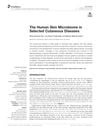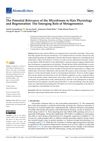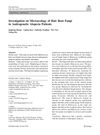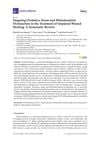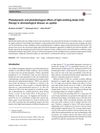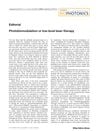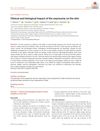Illuminating Microflora: Shedding Light on the Potential of Blue Light to Modulate the Cutaneous Microbiome
April 2024
in “
Frontiers in cellular and infection microbiology
”
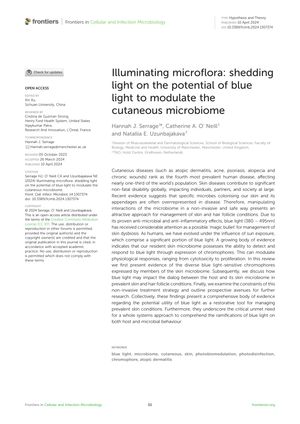
TLDR Blue light might help treat skin conditions by affecting the skin's bacteria.
Recent evidence suggests that blue light (380-495nm) has potential as a non-invasive treatment for skin and hair follicle conditions, such as atopic dermatitis, acne, psoriasis, alopecia, and chronic wounds, by modulating the skin microbiome. Blue light's anti-microbial and anti-inflammatory properties can influence the skin microbiome's physiological responses through chromophores, which detect and respond to light. This review highlights the diverse blue light-sensitive chromophores in the skin microbiome, the impact of blue light on host-microbiome interactions, and the limitations and future research directions for this treatment strategy. The findings suggest blue light could be a valuable tool for managing skin conditions, emphasizing the need for a comprehensive understanding of its effects on both host and microbial behavior.

